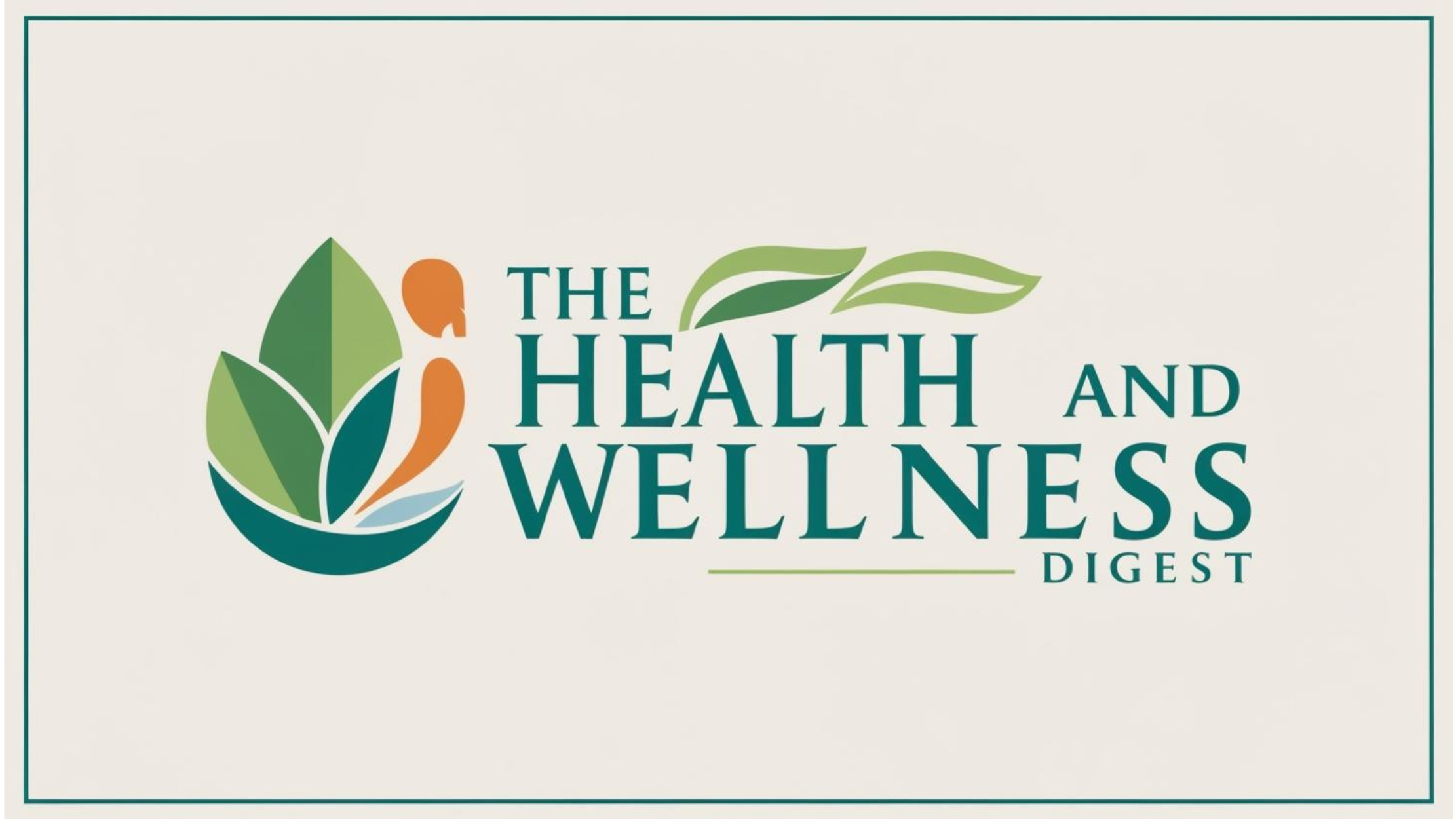
Understanding the Nourishment Table: A New Approach to Nutrition
In the quest for optimal health, nutrition plays a pivotal role. Conventional dietary guidelines have often left individuals perplexed, with metrics that seem more misleading than helpful. In a thought-provoking episode of Revolution Health Radio with host Chris Kresser, food scientist Dr. Frederic Leroy introduces the Nourishment Table—a framework designed to reassess how we evaluate dietary adequacy.
The Flaws in Traditional Dietary Guidelines
Many of us have experienced the confusion that arises from conventional food ratings. Kresser highlights this issue, citing instances where foods considered healthy on the surface—like candy—are rated higher than nutrient-dense options such as red meat due to reductions occurring over individual nutrients. Leroy agrees, emphasizing the need for a broader view of nutrition that accounts for both nutrient density and food processing.
A Closer Look at Nutrient Density and Food Quality
The Nourishment Table challenges traditional standards by introducing a dual focus on nutrient density and food processing levels. Roberts explains, "Nutrient density refers to the amount of essential nutrients in a food relative to its energy content. Foods like organ meats and high-quality dairy are nutrient powerhouses that sustain health, but they often get pushed aside." This return to valuing animal-source foods has significant implications for both individual health and cultural practices surrounding eating.
What About Plant-Based Foods?
The prevailing ideology in certain dietary circles has favored plant-based diets, leading to confusion and often disappointment regarding health outcomes. Leroy discusses the common misconceptions surrounding the value of plant-based nutrition, advocating instead for a balanced view that also celebrates the benefits of animal products. It's essential to recognize that nutrients from these sources may not be adequately replaced by plants, prompting a re-evaluation of vegan and vegetarian diets.
Food Processing: A Hidden Culprit
Interestingly, the classification of food processing stirs debate among nutrition experts. While some processing is harmless and may aid nutrient preservation, others, such as industrial processing, can strip foods of their original benefits. Kresser notes, "Understanding how food is processed gives us critical insight into its nutritional value. The NOVA classification system, often used to categorize processed foods, comes under scrutiny for oversimplifying this reality." This complicated landscape reminds us to choose quality ingredients and understand how they are made.
Practical Applications of the Nourishment Table
So, how do we incorporate the principles of the Nourishment Table into our daily lives? The key lies in being more mindful of our food choices. Leroy suggests seeking out local, high-quality animal products and prioritizing whole foods over ultra-processed options. Simple changes, such as swapping refined grains for whole grains or including a variety of colorful vegetables, can lead to substantial health improvements.
What Lies Ahead: The Future of Nutritional Guidelines
As discussions around food policy and nutritional science continue to evolve, the Nourishment Table stands as a promising alternative. Leroy expresses hope that by reorienting our perspective on nutrition, we can address crucial nutrient shortfalls and shift the conversation from restrictive eating styles to a celebration of nutrient diversity.
Take Action for Better Nutrition Today!
For those looking to enhance their understanding of nutrition and embark on a healthier path, the Nourishment Table offers an insightful perspective. By embracing its principles of nutrient density and mindful food choices, we can foster wellness not just for ourselves but also for our communities. Embrace the journey toward better health by exploring the resources available and connecting with like-minded individuals who prioritize their nutrition.
 Add Row
Add Row  Add Element
Add Element 



Write A Comment